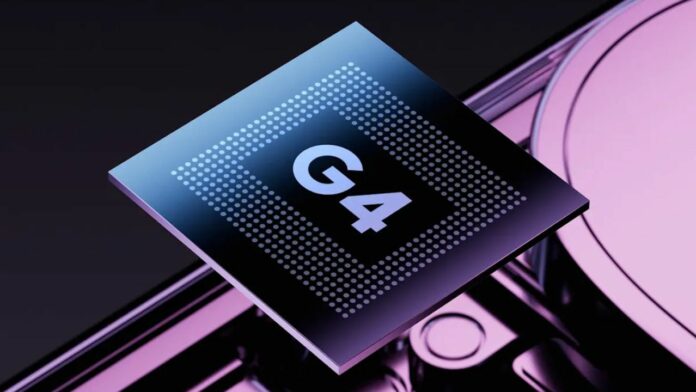Google seems to be planning minor but meaningful upgrades for its next processor, which will likely be called Tensor G5. The new Google Tensor G5 SoC leak gives us a comprehensive picture of what one can expect from the next generation of Pixel devices. Here’s everything to know.
As reported by Android Authority, Google is designing the Tensor G5 chip completely internally without relying on Samsung for majority of the work. The Tensor G5 gets a refreshed CPU cluster over its predecessor, similar to the Tensor G4 which also had an upgraded CPU cluster over the G3.
The Tensor G5 keeps the same single Arm Cortex-X4 primary core as the G3. Further, it has also decided to shift the core clusters, where the mid cluster now has five Cortex-A725 cores, instead of three Cortex-A720 on Tensor G4, and the little cluster packs only two Cortex-A520 cores. Their respective clock speeds weren’t revealed by the publication.
One of the major changes is that Google has opted for TSMC to manufacture the chips instead of Samsung, which in itself is an upgrade as TSMC’s foundry has consistently shown better performance than Samsung’s. As leaked once before, the Google Tensor G5 SoC will be based on TSMC’s 3 nm-class N3E process node, similar to Apple’s A18 Pro.
Read More: Google Pixel 9a With Tensor G4 is Coming But With a Major Caveat
In terms of GPU, Tensor G5 will come with a GPU from Imagination Technologies (or IMG) — the DXT-48-1536 running at 1.1 GHz. This is also a notable change as Google has been using Arm Mali for all its past Tensor chips. The change is for the good, it seems, as the new GPU will enable support for features like ray tracing, which is new to Google chips, along with support for GPU Virtualization, allowing the use of accelerated graphics in a virtual machine.
Artificial intelligence, which is a vital area for Google, also gets some improvements in Tensor G5. The Google Tensor G5 SoC comes with a modestly faster TPU compared to the Tensor G4 (which itself used the exact same TPU as the Tensor G3). The TOPS (Trillions of Operations Per Second) value is almost 40% large, however, in real world, this translates to only about 14% improvement over the Tensor G4. The improved TPU also comes with a few new features for Google’s developers, such as small embedded RISC-V cores to allow running operations that are not implemented in hardware, as well as support for on-device training.
While the refreshed specs of the chips instead may not appeal to everyone and also may not look like they are a major upgrade or as competitive as they should have been with the likes of MediaTek’s and Qualcomm’s flagship processors, we still expect noticeably better efficiency and performance in real world due to Google’s optimisation and its decision to use a TSMC node.


